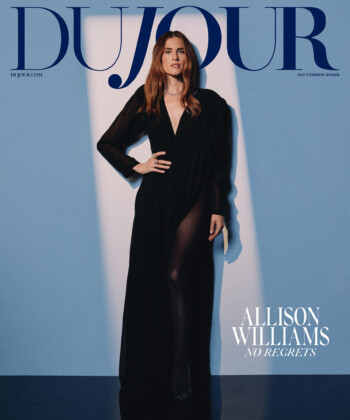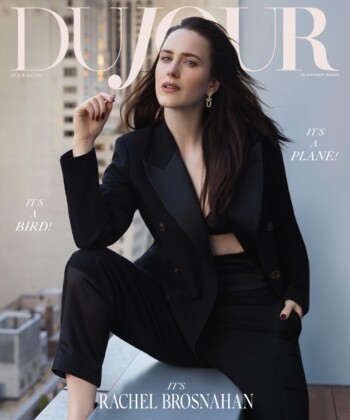Singer-songwriter Bea Miller is a raspy-voiced ball of energy on stage and off, full of life and full of color. Since her debut album Not An Apology was released in 2015, Miller has made a serious effort to show the world what kind of artist she is, and how she’s not the 14-year-old she was when she arrived in the music industry. As an artist, Miller is an articulate and well-spoken singer with an eye for her music—literally. “I have synesthesia, so I see color and sometimes even objects and textures when I listen to music,” she tells me.
Other artists with this condition include Charli XCX, Billy Joel and Pharrell Williams. Like Miller, most artists see it as an asset used to help them create music in more creative and in-depth ways. In Miller’s case, when beginning the artistic process for her follow-up to Not An Apology, she knew she wanted to do something exciting and colorful; not a traditional album. “Nobody has time to listen to twelve songs all at once anymore. I wanted to do something new that catered to modern music listening styles,” Miller explains. Recognizing that she had the freedom to release her music in other ways than the standard “full-length album,” she took the opportunity and ran with it.
Miller released three mini-albums in the form of “chapters” over the course of 2017; Chapter 1: Blue was released in February, Chapter 2: Red was released in June, and Chapter 3: Yellow was released in September. When deciding how to group her songs into these chapters, Miller utilized her synesthesia to her benefit. “I feel like it’s non-coincidental that a lot of the songs with similar color schemes have similar lyrical content,” she says. “A lot of the sad and slow songs were blue, the empowering and angrier songs were red and the songs in between were yellow.”
With her EPs categorized into three primary colors and released into the world, Miller was ready to create her sophomore album, Aurora. “Each EP represented a certain mood and emotion. I feel you can make any color in the entire world with those three primary colors. So, the same way you need the three primary colors to experience all the other colors, you need to feel those emotions of anger, sadness and happiness in order to be who you want to be,” she explains. The album is made up of all three EPs combined, strategically reordered and with five additional songs that “fill in the holes.” On calling her EPs “chapters,” Miller says she was intrigued by the idea of listeners being able to print out the lyrics to every song, read them in order and understand her story from that year and a half of songwriting.
The thought process and color-coordinating that went into Aurora may seem super technical at-times, but her inspiration for the album’s name is nothing short of whimsical and dreamy: its namesake, the Goddess Aurora, is believed to have flown across the sky every morning in her chariot, throwing flowers and pulling the sun behind her, bringing a new day. “People looked at her as representing a new beginning. To me, this album is a new beginning because I was finally able to write my own music and show the world who I am and who I am becoming,” she says of the inspiration for Aurora.
From creating songs like “S.L.U.T.” to empower women, to being the featured voice on the Swedish electronic duo NOTD’s newest track “I Wanna Know,” Bea Miller is ready to show listeners her new-found rainbow of colors. Stay tuned for the video for “I Wanna Know” and an upcoming fall tour.





































